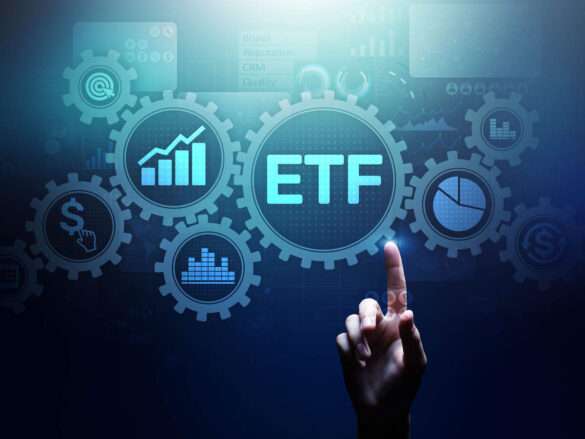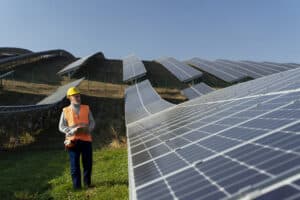
Pros and Cons of Investing in UGAZ ETF
UGAZF stock is the ticker symbol for the Velocity Shares 3x Long Natural Gas ETN (exchange-traded note). This ETF tracks the performance of natural gas futures contracts and aims to provide investors with triple leveraged exposure to the underlying commodity. UGAZF is a popular investment option for those who want to gain exposure to natural gas futures without having to trade futures contracts directly. However, investing in UGAZF can be a risky proposition due to its leveraged nature, and investors need to be aware of its potential pitfalls.
Pros of investing in UGAZF
- Potential for high returns: The main attraction of UGAZF is its potential for high returns. The ETF seeks to provide triple leveraged exposure to natural gas futures contracts, meaning that if the underlying commodity rises by 1%, UGAZF can increase by 3%. This leverage can amplify the returns of the ETF in a rising market.
- Diversification: Natural gas is a commodity that is not highly correlated with other asset classes such as stocks and bonds. By investing in UGAZF, investors can diversify their portfolios and potentially reduce the overall risk of their investments.
- Convenience: Investing in natural gas futures contracts can be complicated, and it requires a high level of expertise. UGAZF provides an easy and convenient way for investors to gain exposure to natural gas futures without having to trade futures contracts directly.
Cons of investing in UGAZF
- High volatility: UGAZF is a highly volatile ETF due to its leveraged nature. The ETF can experience large price swings in a short period, and investors need to be prepared for this volatility.
- Decay risk: UGAZF is an ETN, which means that it is a debt instrument issued by the issuer. The value of an ETN is tied to the performance of the underlying index or asset, and it can be impacted by the issuer’s creditworthiness. UGAZF is also subject to decay risk, which means that the ETF can lose value over time, even if the underlying commodity remains flat.
- Market timing: UGAZF is an ETF that requires active management and market timing. The ETF can experience losses if natural gas prices remain flat or decline. To make a profit with UGAZF, investors need to buy and sell the ETF at the right time, which can be challenging.
- No dividends: UGAZF is not designed to pay dividends, and investors should not expect to receive any income from holding the ETF. This can be a disadvantage for investors who are looking for income-generating investments.
“I’m sorry to inform you that your IP address has been temporarily blocked. This means that you will not be able to access certain services or websites for a limited period of time. The reason for this block may vary, but it is typically due to suspicious activity or a violation of the website’s terms of service. If you believe that this block is in error or have any questions, please contact the website’s support team for assistance. It is important to ensure that you follow all rules and guidelines when using online services to avoid being blocked in the future.”
Conclusion
UGAZF is an ETF that provides triple leveraged exposure to natural gas futures contracts. While the ETF offers the potential for high returns and diversification benefits, it also carries significant risks, such as high volatility and decay risk. UGAZF is suitable for experienced investors who have a high tolerance for risk and are willing to actively manage their investments. Investors should also be aware that UGAZF is not designed to pay dividends, and they should not expect to receive any income from holding the ETF.
Before investing in UGAZ For any other ETF, investors should carefully consider their investment objectives, risk tolerance, and investment time horizon. They should also consult with a financial advisor to determine if UGAZF is a suitable investment for their portfolio.
Also read about Software Hub





